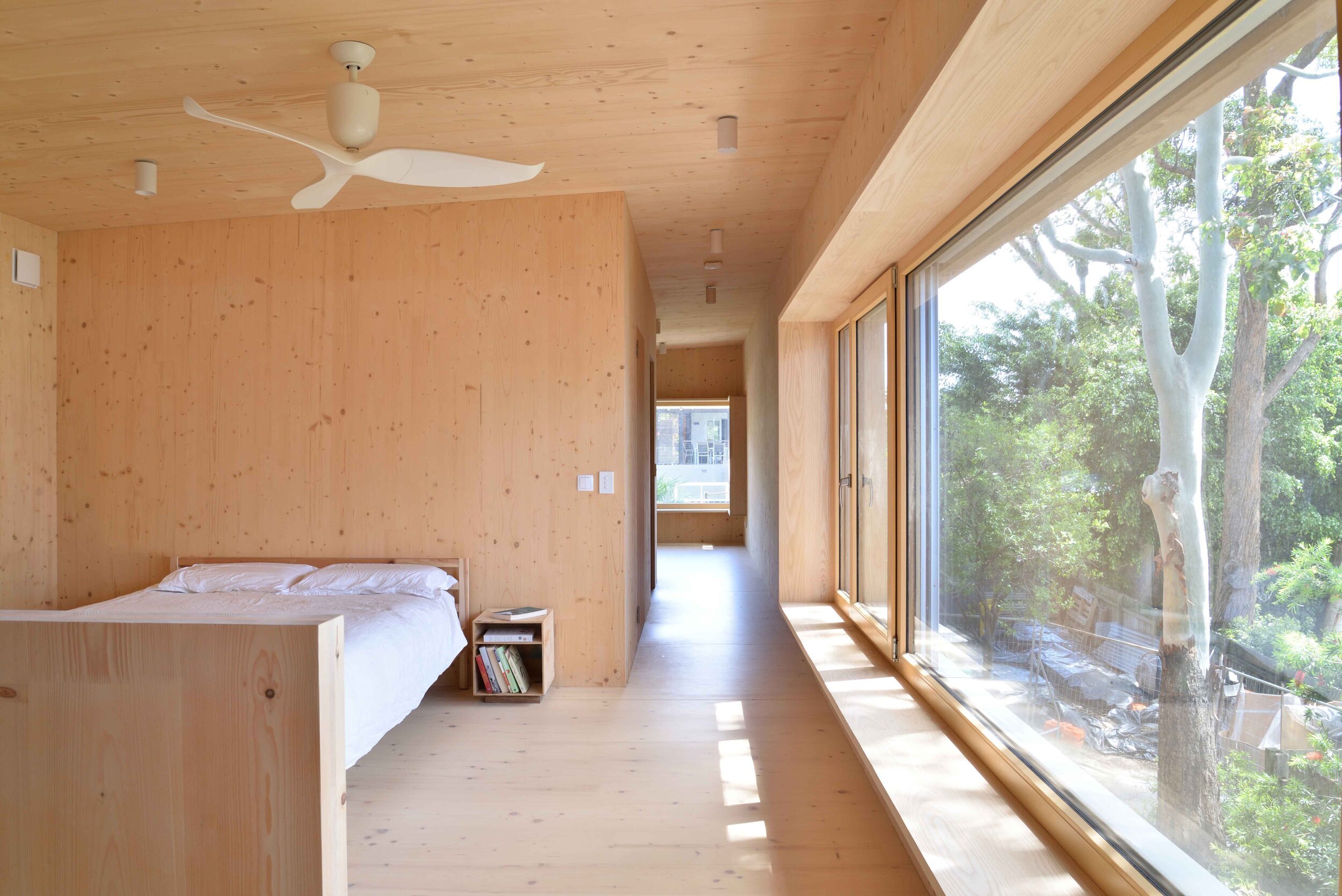
Passivhaus Crosswalks
Did You Know That Passivhaus Criteria Also Contribute to Achieving Other Certification Standards?
Over the years the Passive House Institute has worked hard to form partnerships with other energy efficiency and sustainability-related certifying bodies from around the world. As a result, there are a number of synergies between Passivhaus and other green building standards, reducing the work needed to achieve multiple building certifications.
Below, you’ll find a list of crosswalk partnerships and further information on the synergies between Passivhaus and each external certification in Australia.
Passivhaus as a Foundation For ILFI Zero Energy Certification
ILFI and PHI consider their respective certifications to be highly complementary due to the rigorous requirements which ultimately result in buildings with unparalleled energy efficiency.
While ZE Certification relies on a validated 12-month performance period where 100% of the building’s energy needs must be met by on-site renewable energy, Passivhaus Certification provides an excellent foundation due to its focus on high-efficiency design and future energy consumption modelling.
In particular, Passivhaus is recognised for its low energy demand limits and airtight building envelope, and how they contribute towards validated Zero Energy outcomes.
Note: ZE Certification only allows the use of combustion within building operations in extremely limited circumstances.
Passivhaus Standard Integrated into Green Star Buildings and Green Star Homes Standard
Building on our initial crosswalk with GBCA, Passivhaus is now integrated into Green Star Buildings and the Green Star Homes Standard.
Green Star Buildings: In Green Star Buildings, Passivhaus directly contributes to the Energy Use credit. Please refer to Page 157 of the Green Star Building v1 submission guidelines for further information.
Green Start Homes: Within the Green Star Homes Standard, Passivhaus is recognised within the Airtightness credit (pg 37), Renewables Energy (pg 53) and can directly contribute to credits such as Thermal Comfort, Air Quality and Moisture Management.
We recently held a webinar on Achieving Passivhaus Certification and Green Star which explores the exciting possibilities that lie at the intersection of these sustainable building standards which you can view below.
Please note - This initial Crosswalk is now superseded with the above.
The Green Building Council of Australia (GBCA), the Australian Passivhaus Association (APA), and the Passive House Institute (PHI) have agreed to work collaboratively to promote the design, construction and operations of energy-efficient and comfortable buildings in Australia.
The three organisations announced the partnership in 2017 after signing a memorandum of understanding which outlines their commitment to work towards common goals.
The organisations are committed to identifying opportunities to align the Green Star and Passive House, develop events and education offerings, and promote building practices that significantly raise the standard of what green buildings should be.
GBCA and APA recognise the value of projects pursuing both Green Star and the Passivhaus Standard in order to promote high-energy performing and thermally comfortable buildings. This document page provides assistance for new buildings seeking to obtain a certified Green Star – Design & As Built rating through compliance with the Passive House Standard. To simplify the process for projects pursuing both programs, GBCA and APA have developed the following guidelines to show how Passive House can assist projects seeking a Green Star rating.
Typically, complying with Passive House Standard will act as a stepping stone to achieving a Green Star rating. This means there will be outstanding Green Star credits that will still need to be met to achieve a Green Star rating. However, critical decisions related to building fabric and systems will assist projects in scoring high in Green Star’s ‘Indoor Environment Quality’ and ‘Greenhouse Gas Emissions’ categories.
Unless noted, this document addresses Green Star – Design & As Built v1.2 and the Passive House Classic Standard version 9f.
The Passive House GBCA Crosswalk
The following provides more detailed guidance on what aspects of Passive House contribute to Green Star credits, and the number of points that will be awarded. A maximum of 30 pts can be awarded under Green Star – Design & As Built v1.2 and the Passive House Classic Standard version 9f.
-
For 15 Green House Gas Emissions, projects can automatically claim up to 20 points depending on the BCA Class of the building as follows: 4 points can be claimed for the Energy Consumption Reduction requirement in Pathway 15E. In addition, the following can be claimed for greenhouse gas emissions reduction for Pathway 15E. For Class 1a, 1b, and 2 buildings – 10 points For all other classes – 8 points. Projects can claim further points based on the amount of renewable energy on site. Projects teams are required to provide the total amount of energy consumption without on-site renewable installation (a), the amount of on-site renewable installation (b), and the total of remained energy consumption from the grid. For every 15% reduction over (a) a point can be claimed. In addition, points may be claimed in accordance with the GreenPower requirements in the submission guidelines.
-
For 14 Thermal Comfort, projects complying with Passive House automatically achieve this criteria and gain 2 pts.
-
For 9.1 Ventilation System Attributes, 9.2 Provision of Outside Air and 9.3 Exhaust or Elimination of Pollutants, projects complying with Passive House automatically achieve this criteria and gain 4 pts.
-
For 30 Innovation, projects complying with Passive House automatically comply Best Practice requirements in ‘Exceeding Green Star Benchmarks: Building Air Tightness’ innovation under ‘Commissioning and Tuning’ and gain 2 pts.
-
For 16 Peak Electricity Demand Reduction, projects complying with Passive House automatically achieve this criteria and gain 2 pts.




